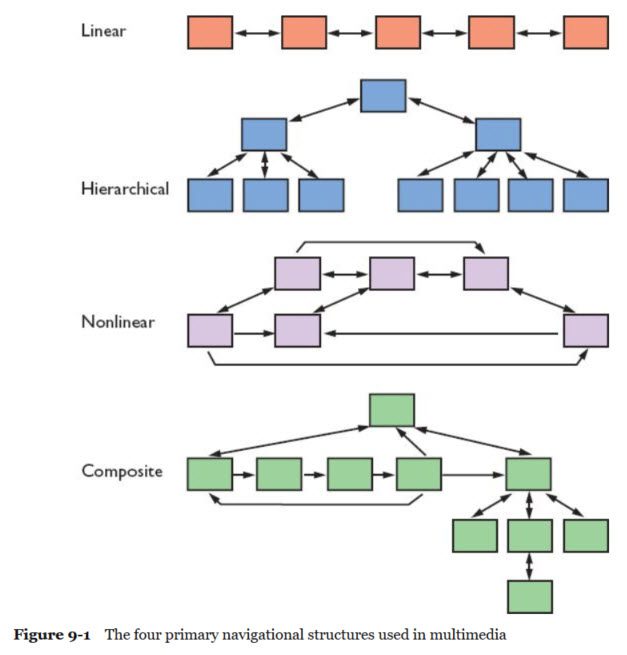Information System Components Roles Audience B2B
In this snapshot post, we look at Design, Risks, and Benefits, Systems Analysis and Design • IT Companies, and services
Targeted to new students wishing to research this subject for a future career in Information Systems.
INFORMATION SYSTEM COMPONENTS

A system is a set of related components that produces specific results. For example, specialized systems route Internet traffic, manufacture microchips, and control complex entities like the International Space Station.
A mission-critical system is one that is vital to a company’s operations. An order processing system, for example, is mission-critical because the company cannot do business without it.
Every system requires input data.
For example, your computer receives data when you press a key or click a menu command.
In an information system, data consists of basic facts that are the system’s raw material. Information is data that has been transformed into an output that is valuable to users.
For example, an order processing system that displays an order form.
When a sales representative enters data (customer number, product code, and quantity ordered), the system creates a customer order with all the necessary information.
Large businesses with thousands or millions of sales transactions require company-wide information systems and powerful servers.
An information system has five key components: hardware, software, data, processes, and people.
HP offers a search feature that allows potential applicants to search by location, type of job, and other criteria.
The Role of Systems Analysis and Design
Systems analysis and design is a step-by-step process for developing high-quality information systems.
An information system combines information technology, people, and data to support business requirements.
For example, information systems handle daily business transactions, improve company productivity, and help managers make sound decisions.
The IT department team includes systems analysts who plan, develop, and maintain information systems.
With an increasing demand for talented people, employment experts predict a shortage of qualified applicants to fill IT positions.
Many companies list employment opportunities on their Web sites.
Target Audience Profile
You can begin the process of creating a profile of your site’s target audience by imagining the types of people who might visit your site.
However, developing a formal target audience profile generally requires research to determine both demographic and psychographic characteristics of potential site visitors.
Demographic characteristics include gender, age group, educational level, income, location, and other characteristics that define who your site visitors are.
Psychographic characteristics include social group affiliations, lifestyle choices, purchasing preferences, political affiliations, and other characteristics that explain why visitors might want to access your site.
Using research developed from sources such as the U.S. Department of Labor, the U.S. Census Bureau, the Small Business Administration, and reports prepared by and sold by companies who specialize in demographic and psychographic research.
You can ask and answer the questions similar to the following to develop a formal target audience profile for your site:
• What is the age range for your likely audience members?
• What are audience members’ gender, educational background, and marital status?
• What careers and income levels do audience members enjoy?
• Where do audience members live?
• What are audience members’ social group affiliations, lifestyle choices, and purchasing preferences?
B2B (Business-to-Business)
Industry observers predict that B2B sales will increase sharply as more firms seek to improve efficiency and reduce costs.
Initially, electronic commerce between two companies used a data-sharing arrangement called electronic data interchange (EDI).
EDI enabled computer-to-computer data transfer, usually over private telecommunications lines.
Firms used EDI to plan production, adjust inventory levels, or stock up on raw materials using data from another company’s information system.
As B2B volume soared, the development of extensible markup language (XML) enabled company-to-company traffic to migrate to the Internet, which offered standard protocols, universal availability, and low communication costs.
XML is a flexible data description language that allows Web-based communication between different hardware and software environments.
B2B is especially important to smaller suppliers and customers who need instant information about market prices and availability.
On an industry-wide scale, many B2B sites exist where buyers, sellers, distributors, and manufacturers can offer products, submit specifications, and transact business.
This popular form of online B2B interaction is called supply chain management (SCM), or supplier relationship management (SRM).
IT Companies
Most successful IT companies offer a mix of products, services, and support. Value-added services such as consulting, financing, and technical support can be more profitable than hardware.
In a striking example of this trend, IBM stated in its 2010 annual report that software, services, and financing produced 93 percent of pre-tax income, while hardware accounted for only 7 percent. Over a nine-year period, hardware profits declined by two-thirds, while software, services, and financing income grew rapidly.
Business Process
A business process is a specific set of transactions, events, and results that can be described and documented. A business process model (BPM) graphically displays one or more business processes, such as handling an airline reservation, filling a product order, or updating a customer account.
A rough sketch might be sufficient to document a simple business process.
For complex operations, however, analysts apply computer-based modeling tools that use a standard language called business process modeling notation (BPMN).
BPMN includes various shapes and symbols to represent events, processes, and workflows.
Modeling tools include multi-purpose graphical applications, such as Microsoft Visio, and computer-aided software engineering programs such as Visible Analyst.
Business Profile
A business profile is an overview of a company’s mission, functions, organization, products, services, customers, suppliers, competitors, constraints, and future direction.
Furthermore, a systems analyst usually needs to do additional research and fact-finding.
A business profile is the starting point for the modeling process.






Add comment